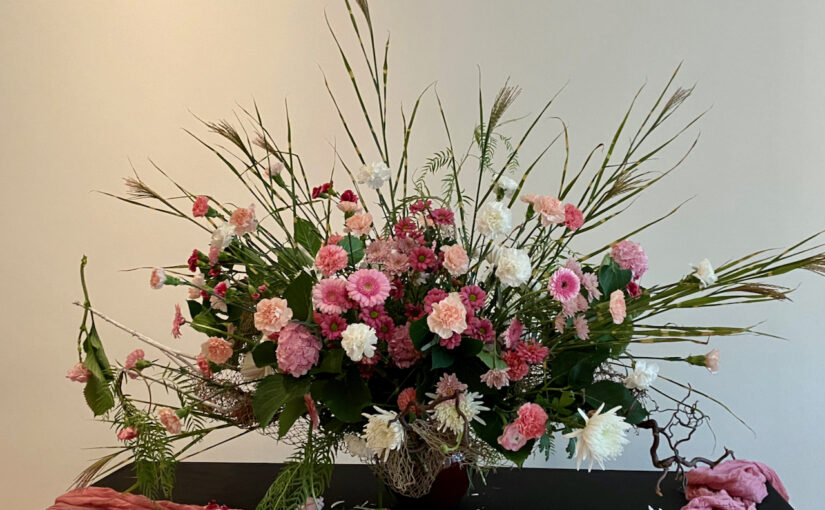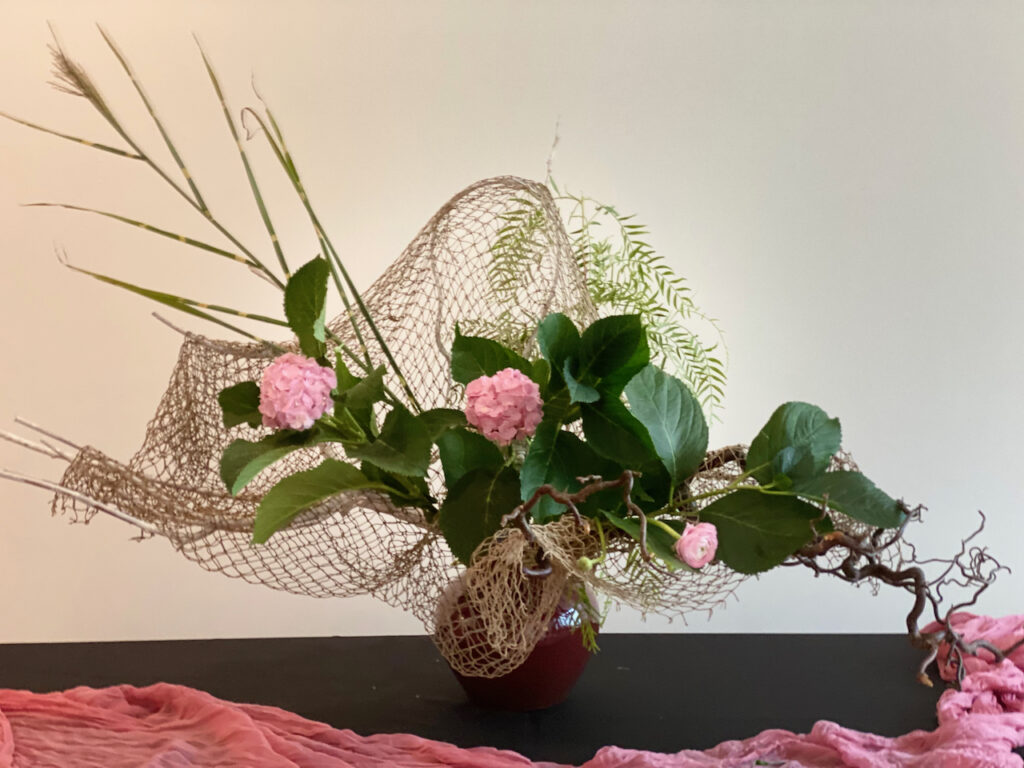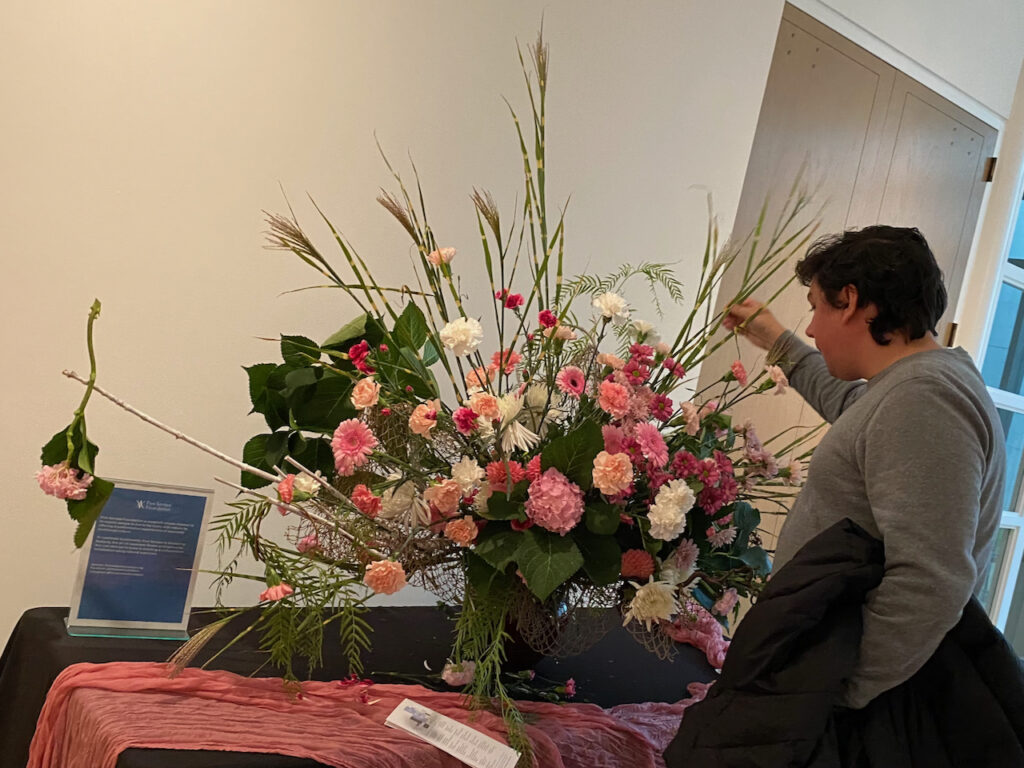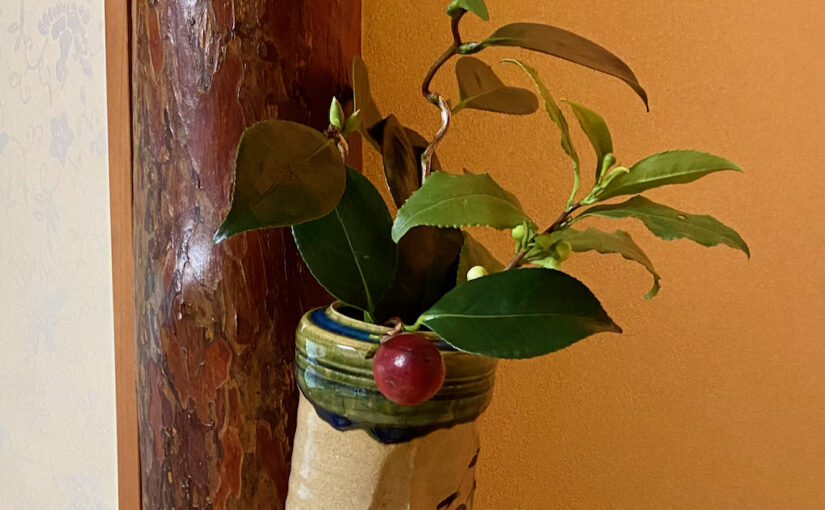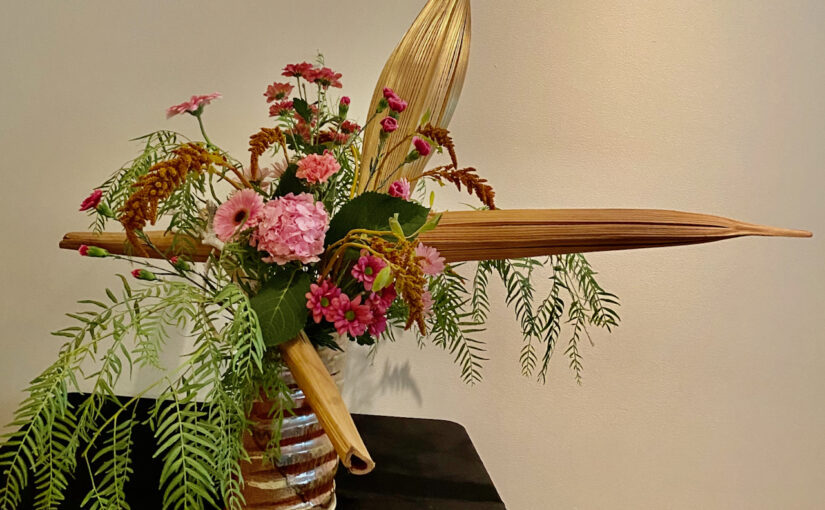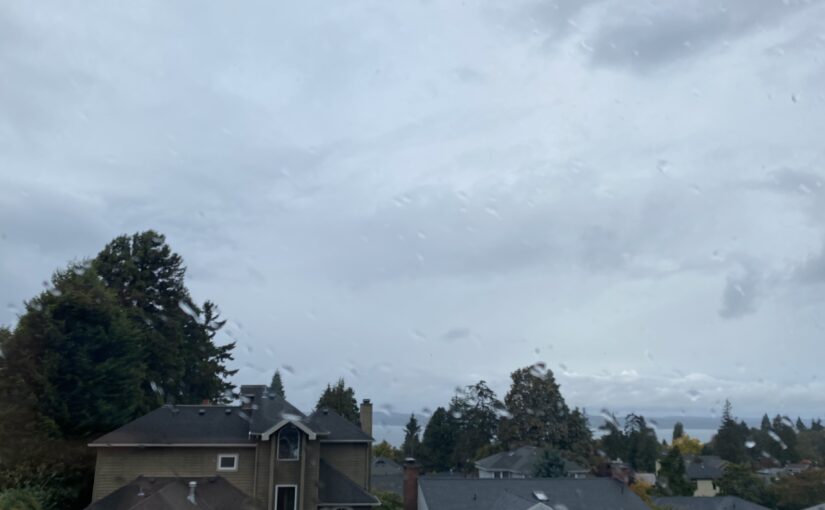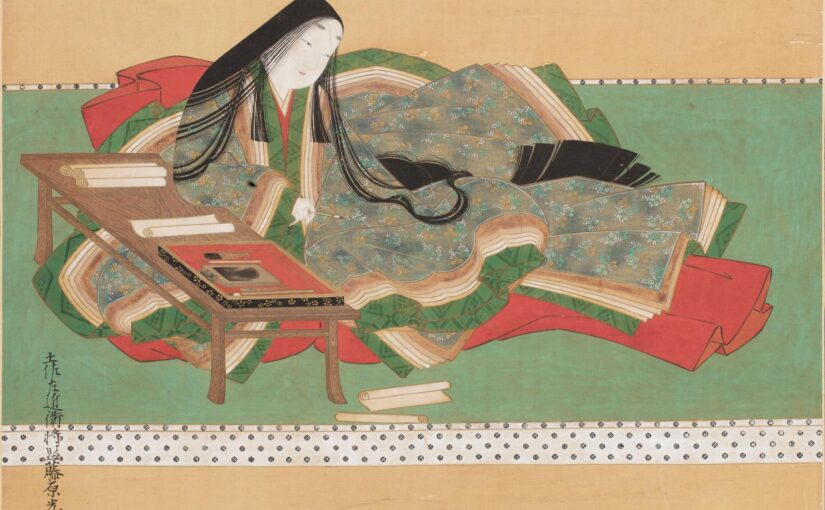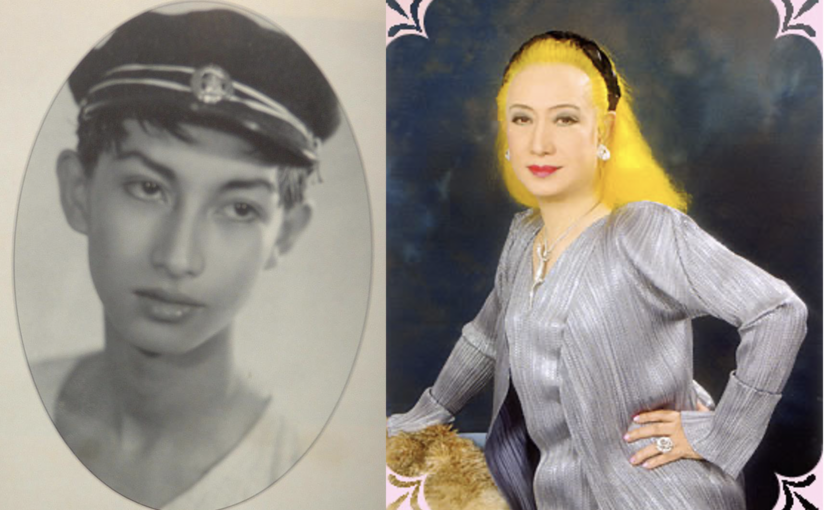How about Loving Yourself First?
Photo by Kevin Grieve on Unsplash
Loving someone is wonderful…. Until that person is gone. Left alone, you suddenly feel empty inside. You feel helpless, hopeless, and valueless… Miserable. Is that the price you pay for loving someone?
Loving someone sounds virtuous. Loving yourself sounds selfish. But here lies a paradox, in my humble opinion.
Loving someone over yourself simply means that you let that someone dictate your emotional status. You hand over the control of your emotion to that someone. It’s like you lean over your entire body and existence to that someone. What a burden whoever that someone feels! Even before that someone leaves you, you emptied the love in you and dumped it over that someone.
Loving yourself first means you take full responsibility for your emotion. You are not dependent on anybody else for controlling your emotion. You fill yourself with love first. Only then you let your love overflow to someone and other people around you.
Even if that someone is gone, you are totally fine, since you are filled with love anyway. you don’t feel any emptiness.
And the very fact that you are filled with your own love, you are standing with your own feet. You are not leaning toward anybody. That someone is not feeling any burden, therefore thereis less chance that someone leaves you.
Someone said, “I can’t live without you” and “I can’t walk without a clutch” are the same meaning. I agree. Let’s stand firm, let’s fill yourself with love first. With love overflowing from you, someone and anyone around you will benefit.

